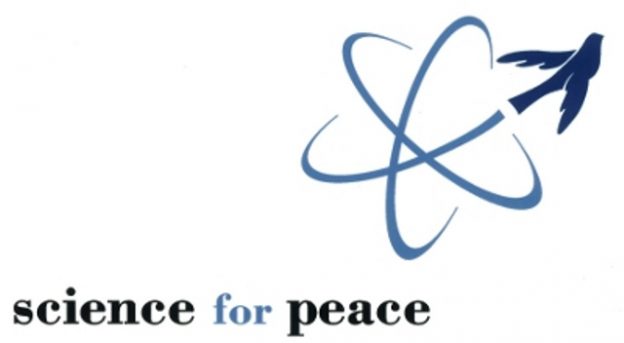Humanity faces the gravest crisis in our short history. Our governmental leaders are unwilling or unable to grapple effectively with two looming catastrophes: escalating climatic disasters and growing arsenals of increasingly deadlier nuclear arsenals, combined with rising tensions among nuclear powers. Authoritarian tendencies throughout the world make matters worse, as far-right deniers and conspiracy theorists rise to the fore. Continue reading

Science for Peace and Sustainability? Not without a Strategy
Leave a reply